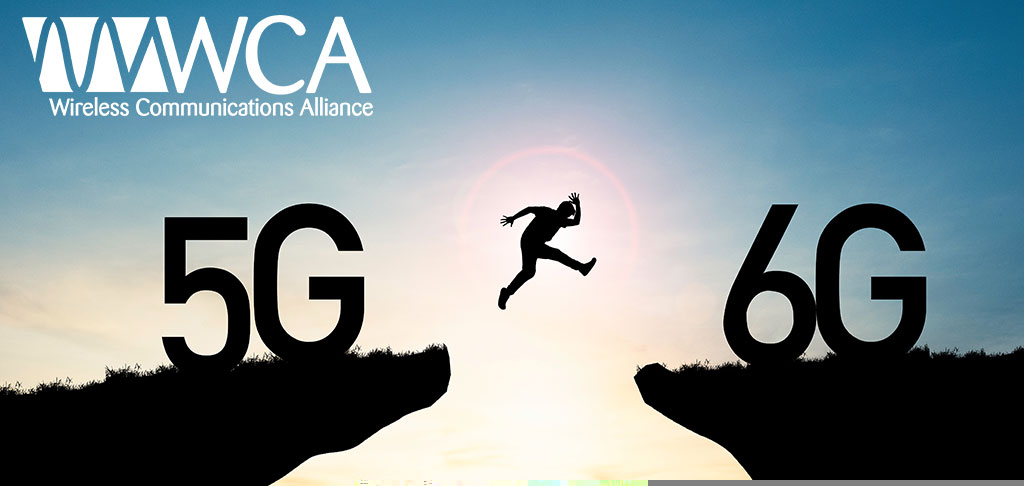
European mobile operators are poised to gain a significant advantage in the race for the upper 6 GHz spectrum. EU regulators plan to allocate 540 MHz of the band to telecom companies, placing them ahead of tech giants in a high-stakes wireless battle. This decision follows years of industry debate over the optimal use of the remaining mid-band frequencies for future network expansion.
Mobile providers—including Vodafone, Deutsche Telekom, Orange, and TIM—argue that expanded spectrum is crucial for deploying next-generation 6G. Without it, they warn, Europe could fall behind the U.S. in mobile innovation.
Tech Giants Push Back, Stressing Wi-Fi Needs
On the other side, major tech firms like Apple, Amazon, Meta, and Microsoft argue that the same spectrum is critical for Wi-Fi. They say Wi-Fi powers billions of devices and fuels digital services across Europe. Both camps lobbied for complete access, but the EU’s latest move gives telecoms the edge.
The Radio Spectrum Policy Group (RSPG), which advises the European Commission, has recommended a split. Under this plan, 540 MHz will go to mobile networks, while 160 MHz is held for possible Wi-Fi use. That portion will remain in reserve until after the 2027 World Radiocommunication Conference.
Next Steps for Europe’s 6G Future
The final decision now moves to the European Conference of Postal and Telecommunications Administrations (CEPT). This 46-nation group will define how telecoms may use their share of the spectrum and set technical guidelines.
While 6G isn’t expected to go live until the 2030s, planning today is essential. Countries such as the U.S., Canada, and South Korea have already allocated parts of the 6 GHz band for Wi-Fi. Europe’s move demonstrates its commitment to building a strong future for mobile networks, even amid growing resistance from the tech sector.



































































